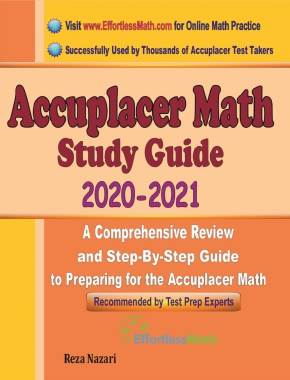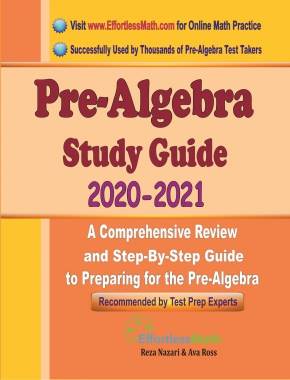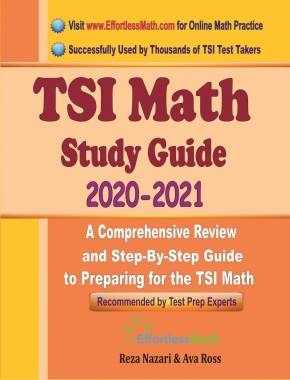How to Deciphering the Sequence: A Comprehensive Guide to Consecutive Numbers
Consecutive numbers follow each other in order, without any gaps. They are fundamental concepts in mathematics, especially in arithmetic and number theory. Understanding them involves recognizing their patterns and properties. Here’s a step-by-step guide to grasp the concept of consecutive numbers:
[include_netrun_products_block from-products="product/6-south-carolina-sc-ready-grade-3-math-practice-tests/" product-list-class="bundle-products float-left" product-item-class="float-left" product-item-image-container-class="p-0 float-left" product-item-image-container-size="col-2" product-item-image-container-custom-style="" product-item-container-size="" product-item-add-to-cart-class="btn-accent btn-purchase-ajax" product-item-button-custom-url="{url}/?ajax-add-to-cart={id}" product-item-button-custom-url-if-not-salable="{productUrl} product-item-container-class="" product-item-element-order="image,title,purchase,price" product-item-title-size="" product-item-title-wrapper-size="col-10" product-item-title-tag="h3" product-item-title-class="mt-0" product-item-title-wrapper-class="float-left pr-0" product-item-price-size="" product-item-purchase-size="" product-item-purchase-wrapper-size="" product-item-price-wrapper-class="pr-0 float-left" product-item-price-wrapper-size="col-10" product-item-read-more-text="" product-item-add-to-cart-text="" product-item-add-to-cart-custom-attribute="title='Purchase this book with single click'" product-item-thumbnail-size="290-380" show-details="false" show-excerpt="false" paginate="false" lazy-load="true"] [include_netrun_products_block from-products="product/6-south-carolina-sc-ready-grade-3-math-practice-tests/" product-list-class="bundle-products float-left" product-item-class="float-left" product-item-image-container-class="p-0 float-left" product-item-image-container-size="col-2" product-item-image-container-custom-style="" product-item-container-size="" product-item-add-to-cart-class="btn-accent btn-purchase-ajax" product-item-button-custom-url="{url}/?ajax-add-to-cart={id}" product-item-button-custom-url-if-not-salable="{productUrl} product-item-container-class="" product-item-element-order="image,title,purchase,price" product-item-title-size="" product-item-title-wrapper-size="col-10" product-item-title-tag="h3" product-item-title-class="mt-0" product-item-title-wrapper-class="float-left pr-0" product-item-price-size="" product-item-purchase-size="" product-item-purchase-wrapper-size="" product-item-price-wrapper-class="pr-0 float-left" product-item-price-wrapper-size="col-10" product-item-read-more-text="" product-item-add-to-cart-text="" product-item-add-to-cart-custom-attribute="title='Purchase this book with single click'" product-item-thumbnail-size="290-380" show-details="false" show-excerpt="false" paginate="false" lazy-load="true"]

Step-by-step Guide to Understand Consecutive Numbers
Step 1: Understand the Definition
- Consecutive Numbers: These are numbers that come one after another in a sequence. For example, \(1, 2, 3, 4\), etc., are consecutive numbers.
- Consecutive Even/Odd Numbers: Consecutive even numbers or odd numbers follow the same principle but within their respective categories. For example, \(2, 4, 6, 8\) are consecutive even numbers, and \(3, 5, 7, 9\) are consecutive odd numbers.
Step 2: Recognize the Pattern
- Regular Consecutive Numbers: The difference between each number and the next is always \(1\). For example, in the sequence \(7, 8, 9, 10\), each number is 1 more than the previous one.
- Consecutive Even/Odd Numbers: The difference between each number and the next in this category is always \(2\). For instance, in the sequence \(4, 6, 8, 10\), each number is \(2\) more than the previous one.
Step 3: Representing Consecutive Numbers Algebraically
- Regular Consecutive Numbers: If \(n\) is a number, the next consecutive number is \(n+1\), the one after that is \(n+2\), and so on.
- Consecutive Even/Odd Numbers: If \(n\) is an even or odd number, the next consecutive even or odd number is \(n+2\), the one after that is \(n+4\), and so on.
Step 4: Solving Problems Involving Consecutive Numbers
- Identify the Pattern: Determine whether the problem involves regular consecutive numbers or just even/odd ones.
- Use Algebraic Expressions: Represent the numbers algebraically, using \(n\), \(n+1\), \(n+2\), etc., for regular consecutive numbers, or \(n\), \(n+2\), \(n+4\), etc., for consecutive even/odd numbers.
- Form Equations: Based on the problem, form equations using these expressions.
- Solve the Equations: Solve these equations to find the values of the numbers.
Final Word
Understanding consecutive numbers is about recognizing their patterns and being able to express and manipulate these patterns algebraically. This concept is widely used in various mathematical problems and puzzles. With practice, identifying and working with consecutive numbers becomes intuitive and straightforward.
Examples:
Example 1:
What are the three consecutive numbers whose sum is \(42\)?
Solution:
Let the numbers be \(n\), \(n+1\), and \(n+2\). Their sum is \(n+(n+1)+(n+2)=42\). Simplify and solve: \(3n+3=42, 3n=39, n=13\). So, the numbers are \(13, 14\), and \(15\).
Example 2:
Find two consecutive even numbers whose sum is \(34\).
Solution:
Let the numbers be \(n\) and \(n+2\) (since even numbers differ by \(2\)). Their sum is \(n+(n+2)=34\). Simplify and solve: \(2n+2=34, 2n=32, n=16\). So, the numbers are \(16\) and \(18\).
Related to This Article
More math articles
- How a Santa Barbara Math Professor Beat the Casinos
- The Ultimate 7th Grade ILEARN Math Course (+FREE Worksheets)
- How to Solve Word Problems of Counting Bills and Coins
- Top 10 Tips to Overcome ASTB Math Anxiety
- Full-Length CLEP College Mathematics Practice Test-Answers and Explanations
- Best Calculator for Calculus 2026
- Finding the Area Between Two Rectangles
- ACCUPLACER Math Practice Test Questions
- 8th Grade MAAP Math Worksheets: FREE & Printable
- Top 10 Free Websites for HSPT Math Preparation

















What people say about "How to Deciphering the Sequence: A Comprehensive Guide to Consecutive Numbers - Effortless Math: We Help Students Learn to LOVE Mathematics"?
No one replied yet.